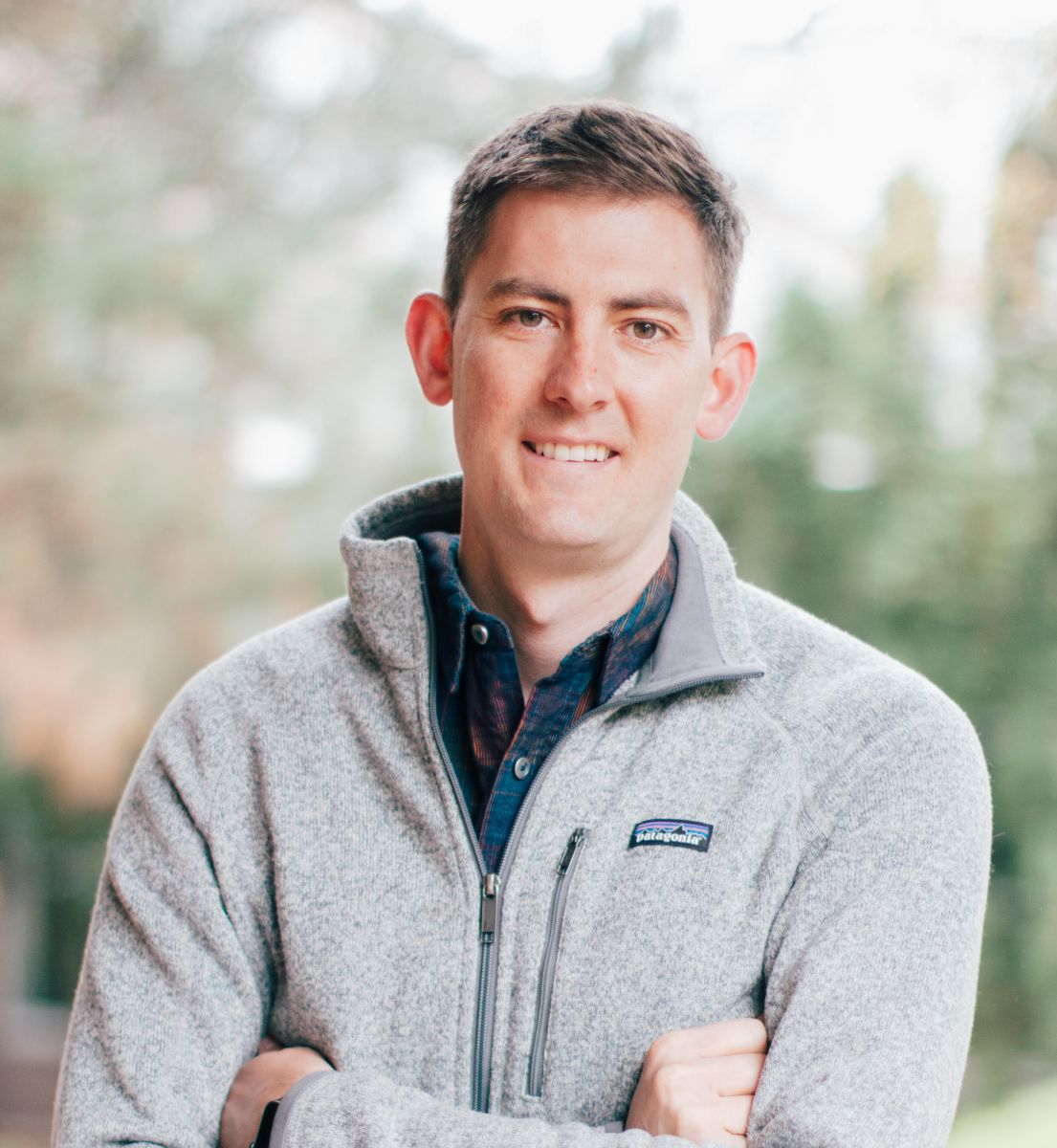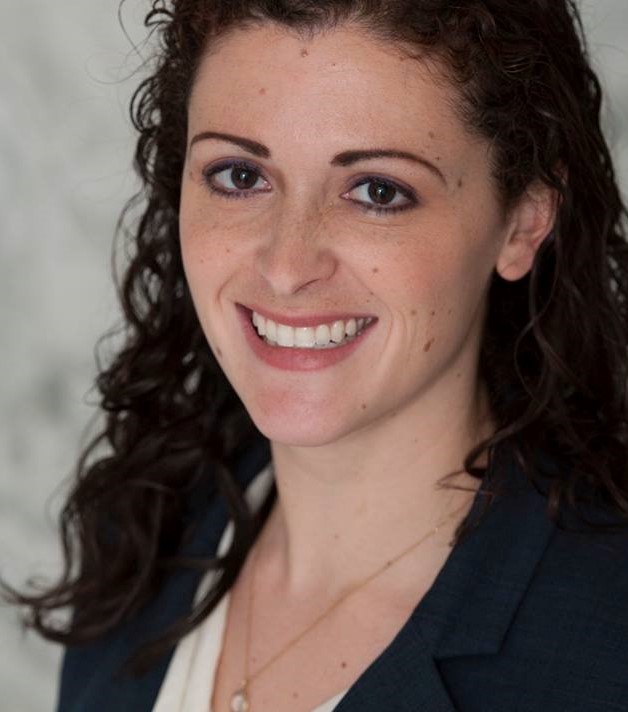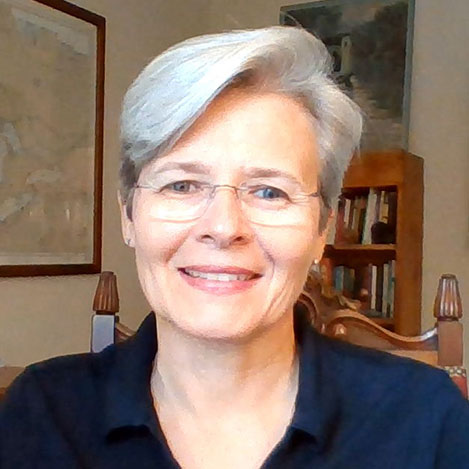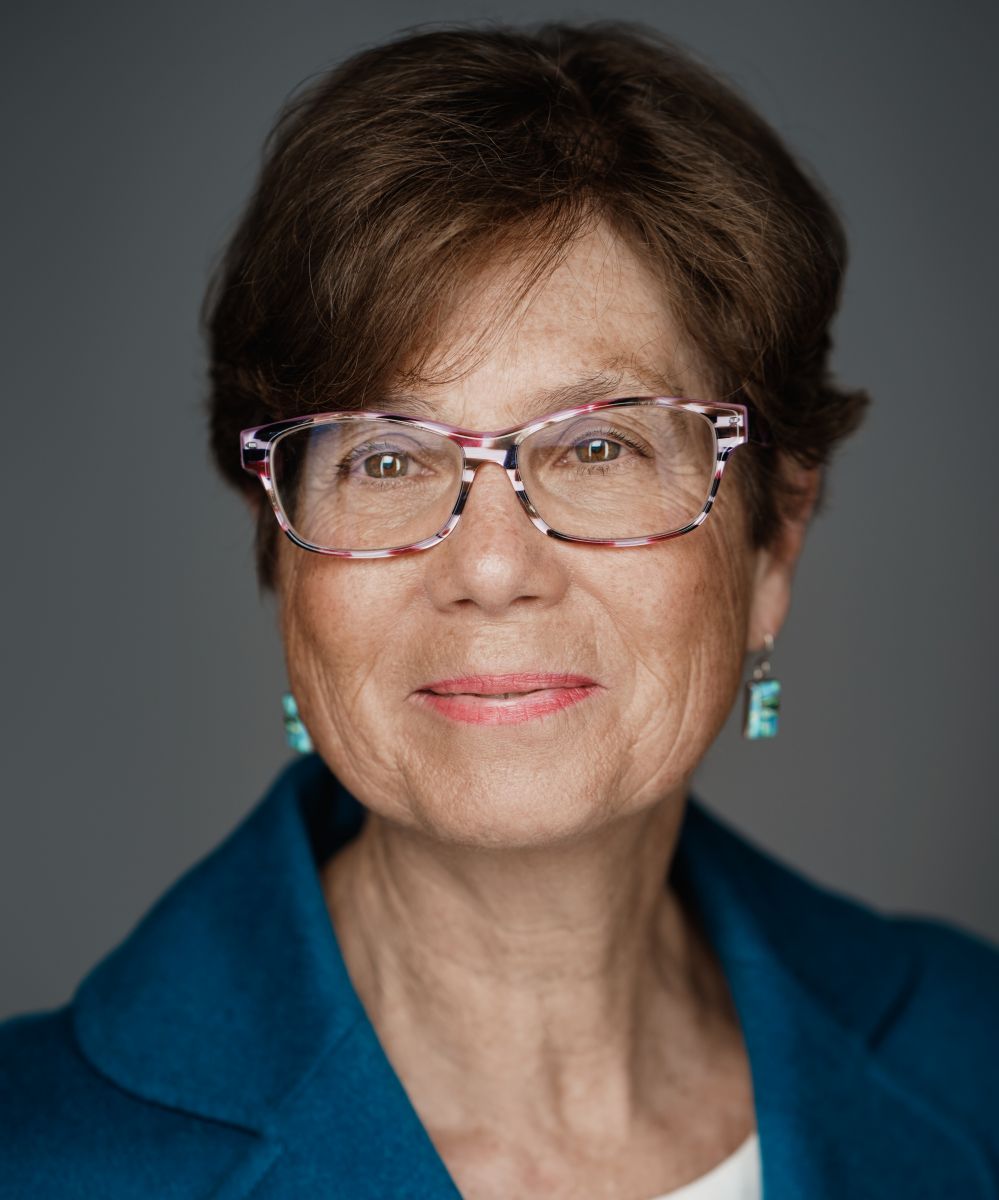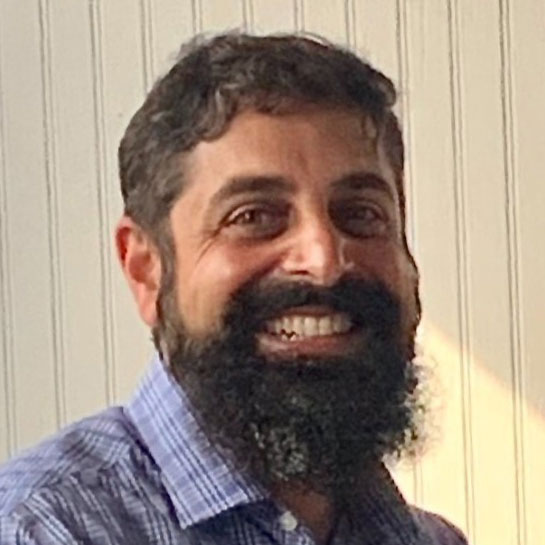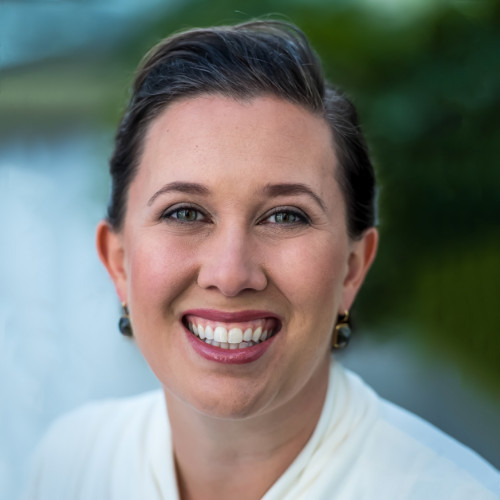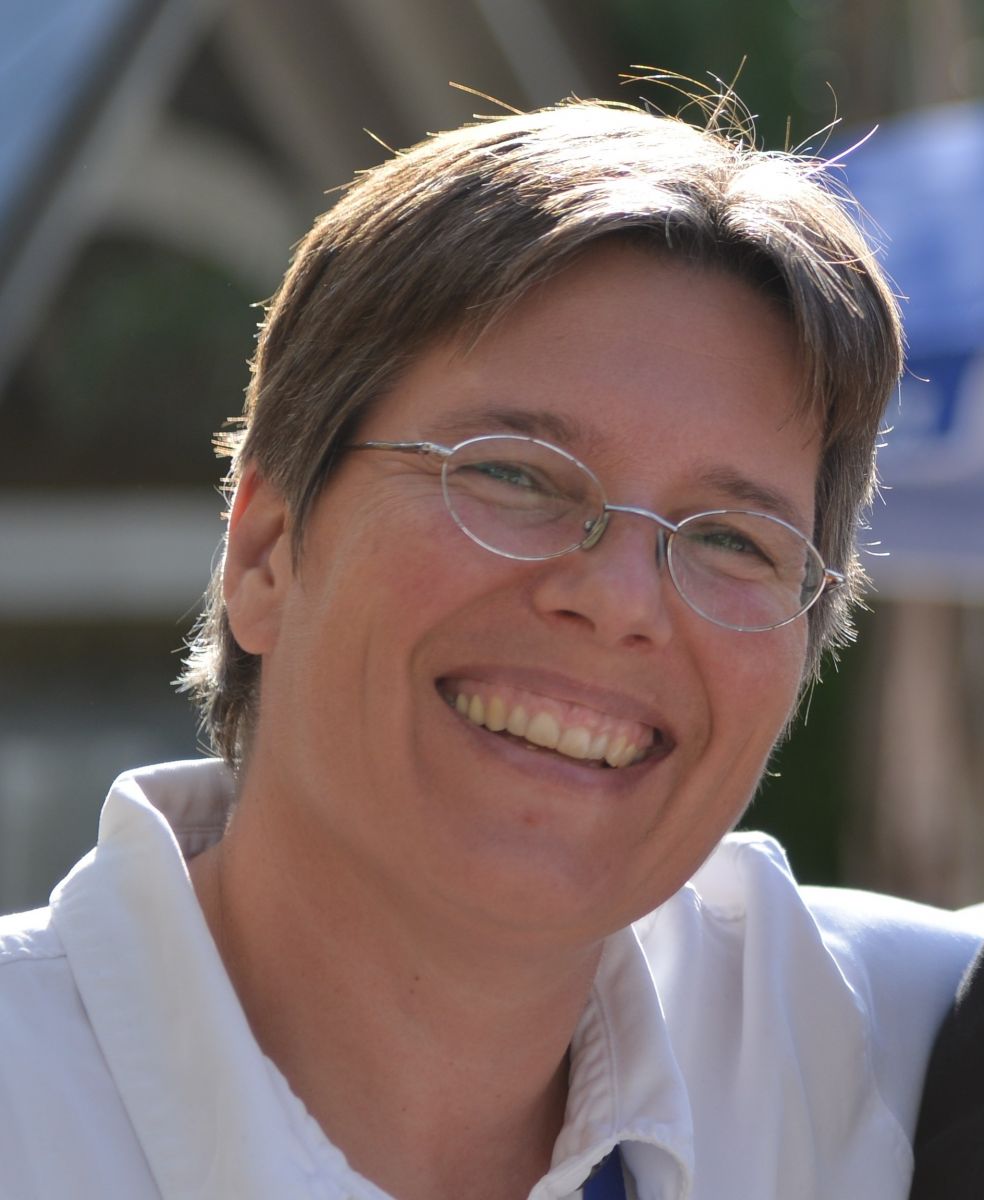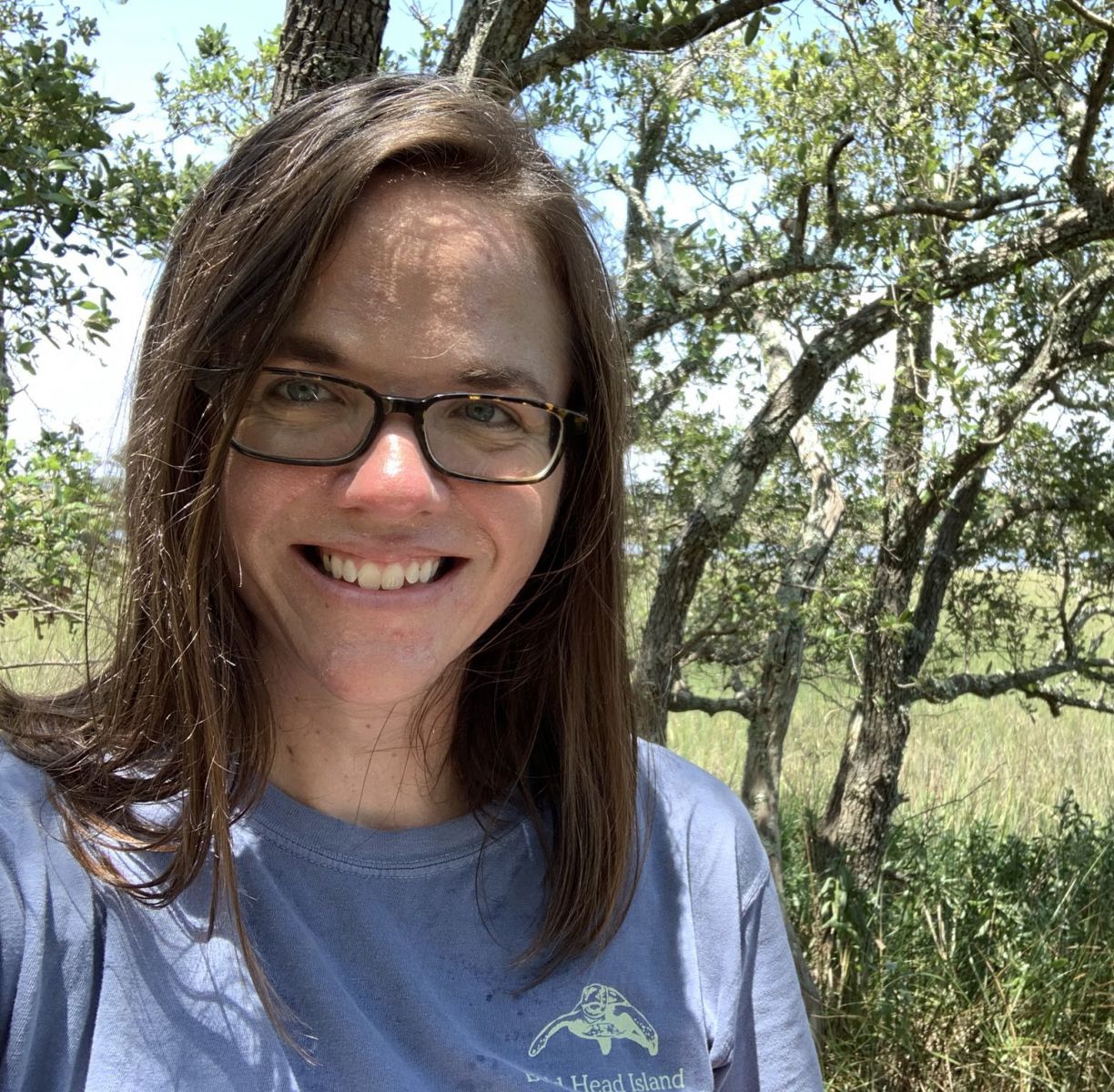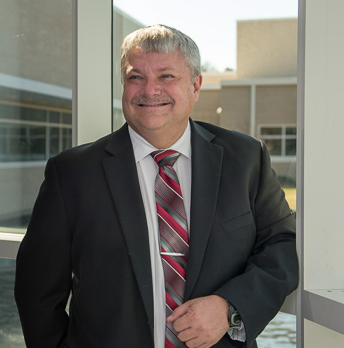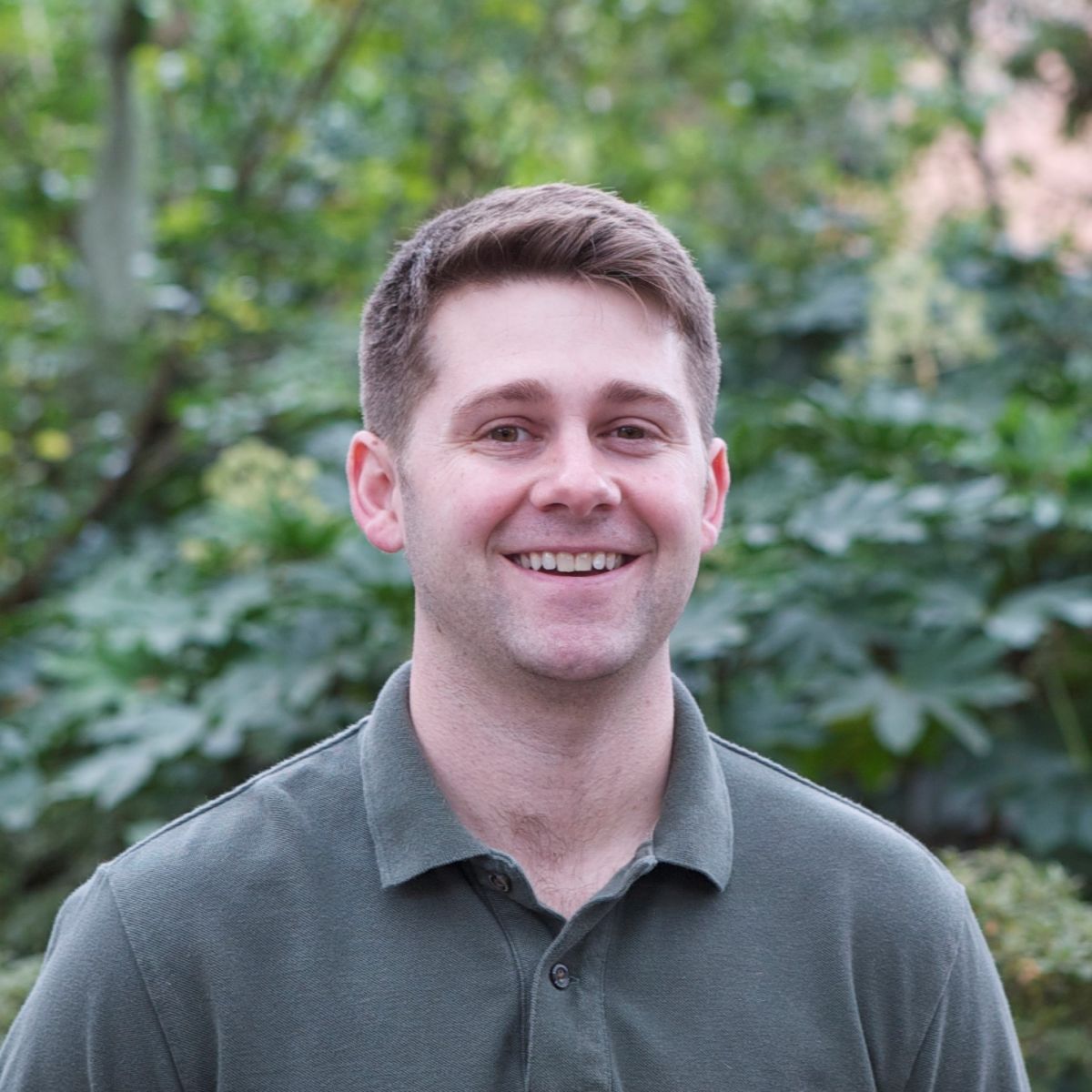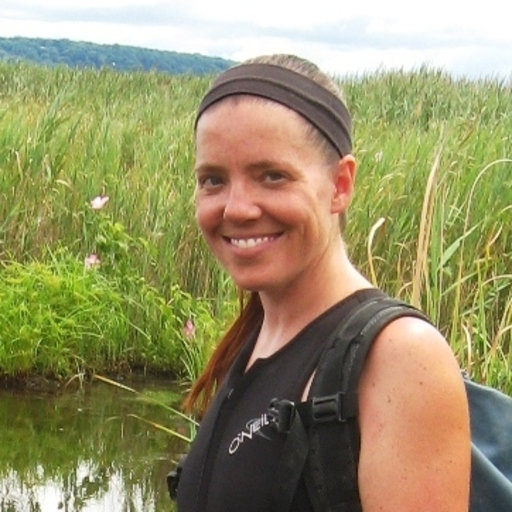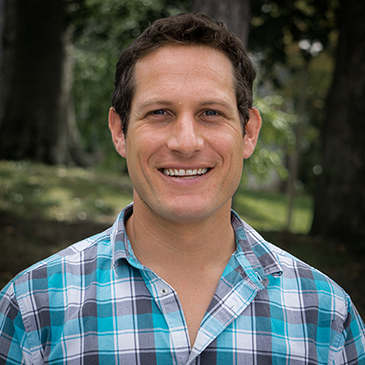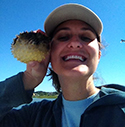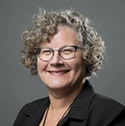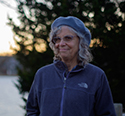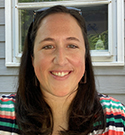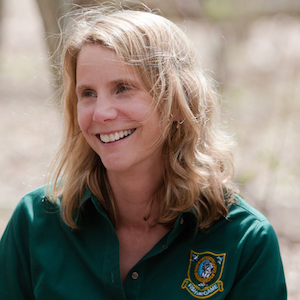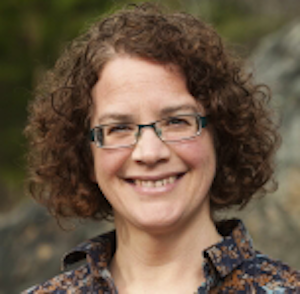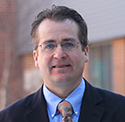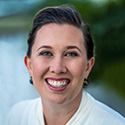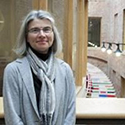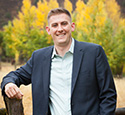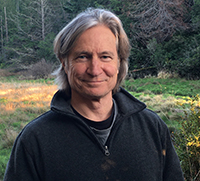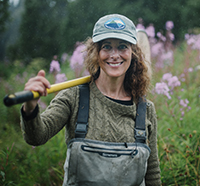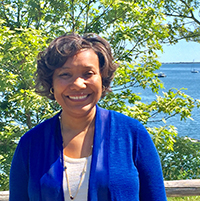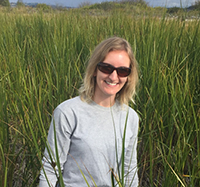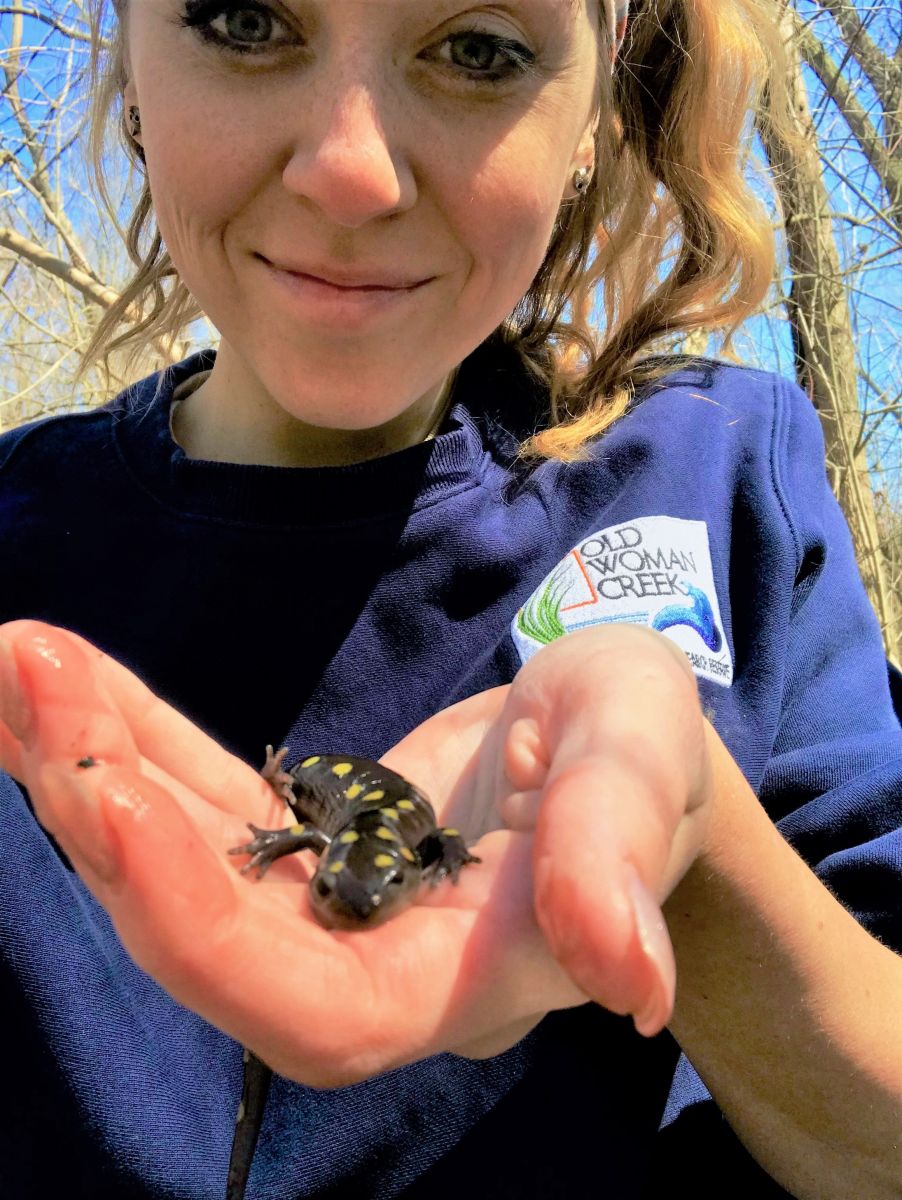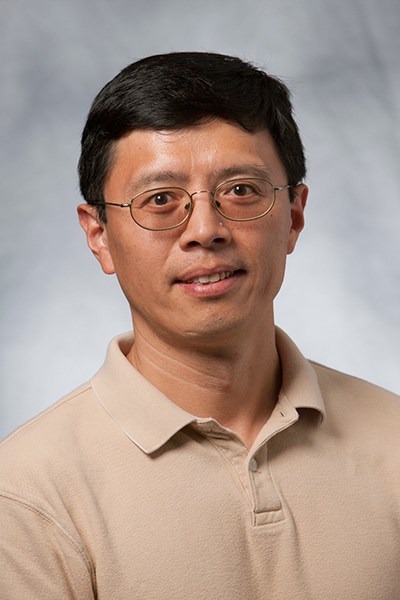Conservation and restoration of coastal foundation species has become a global priority, to protect and enhance the habitats and services they provide. The oyster native to the west coast of North America between Baja California and British Columbia is Ostrea lurida, the Olympia oyster, a species quite unfamiliar to many people, even those that live in the region. Unlike oysters in other regions, this one is quite small, and does not form high profile reefs. Nevertheless, it is a vital part of bays and estuaries along the Pacific coast, providing food for humans and other species and enriching diversity. Recently, a community of practice has formed to rebuild populations of Olympia oysters to maintain their legacy for future generations.
The Native Olympia Oyster Collaborative (NOOC) was supported in the past year by funding from the National Estuarine Research Reserve System’s Science Collaborative. NOOC created a website (https://olympiaoysternet.ucdavis.edu) to serve as a portal for resources about native oyster science, restoration, and education. NOOC also compiled the first comprehensive archive of Olympia oyster restoration projects, creating an ARC GIS Story Map (https://projects.trnerr.org/oystermap/) to highlight them, and conducting a synthesis of approaches and lessons learned.
This webinar introduced the unique ecology of the Olympia oyster, the challenges it faces, and approaches taken to restoration. The webinar also highlighted NOOC’s accomplishments to date, including the development of the web portal and story map. Finally, presenters shared lessons learned from the synthesis of twenty years of restoration projects conducted along over 2000 km of coast line. These lessons apply to restoration of any coastal foundation species anywhere: the importance of a structured decision-framework to match goals to approaches, the opportunities for community engagement, the need to consider ecosystem processes, and the value of a regional network for strategic planning.
Learn more about speakers
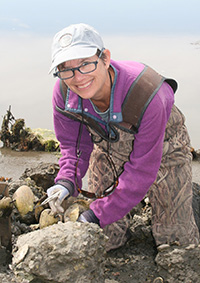 | Kerstin Wasson has served as Research Coordinator of the Elkhorn Slough NERR for the past 20 years, publishing about 40 papers on a variety of topics in estuarine science during this period, from sea otters to water quality. Her passion is restoration science of native oysters and salt marshes. While she is dedicated to place-based research, she also has led various collaborative endeavors across a network of oyster and marsh restoration sites, scaling up to seek generality in estuarine ecology. |
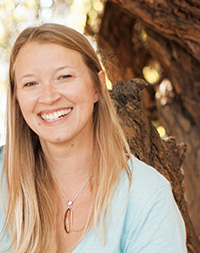 | April Ridlon is an applied marine ecologist interested in the effects of human impacts including fishing and harvesting, recreational activities, and biological invasions. She is currently the Collaborative Lead for the Native Olympia Oyster Collaborative (NOOC), and a Postdoctoral Fellow with the Science for Nature and People Partnership (SNAPP). In these roles, she engages in and coordinates research on the native Olympia oyster, and is assessing aquaculture as a conservation intervention for this oyster, and for marine foundation species broadly. She has also been known to study the behavior of coral reef fish, Northern Elephant Seals, and neotropical bat species. |
Learn more about project: Building a Coastwide Olympia Oyster Network to Improve Restoration Outcomes
